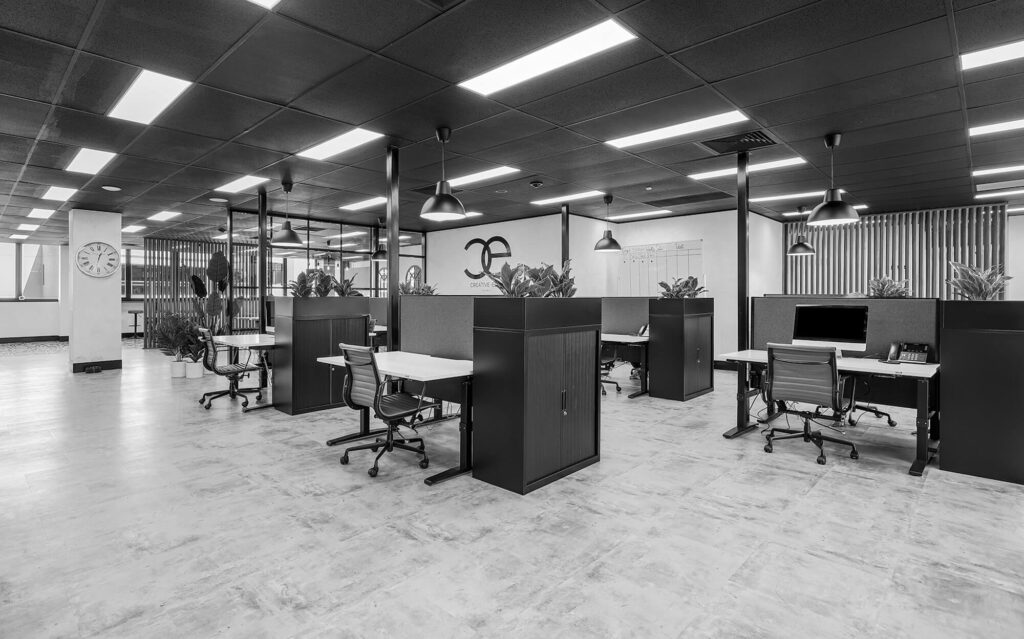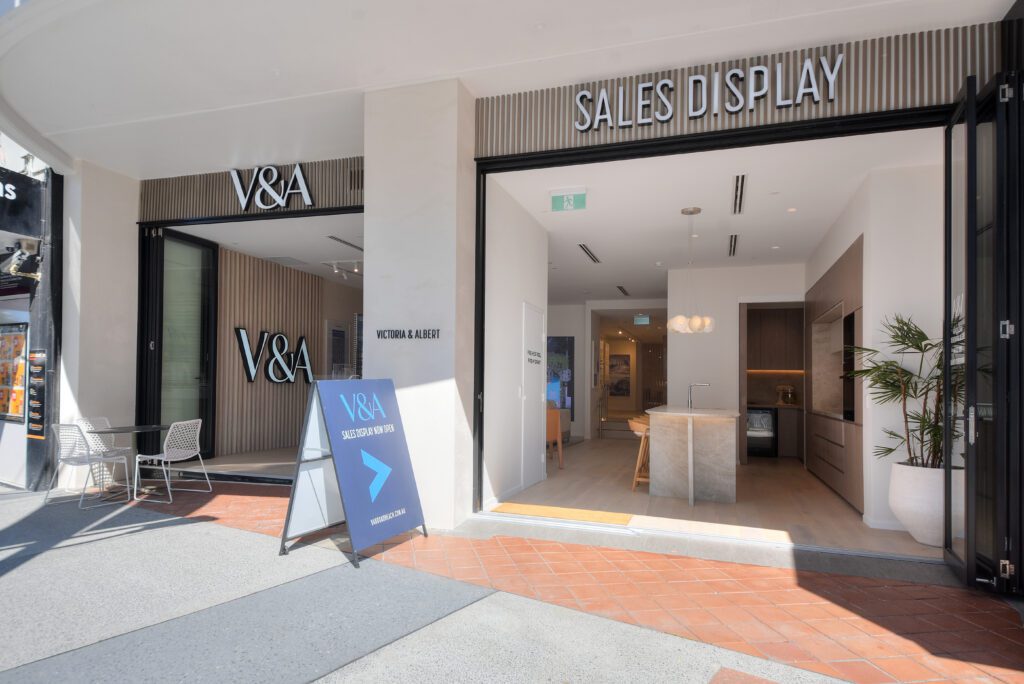A well-designed office is more than just an aesthetically pleasing environment; it plays a crucial role in productivity, employee well-being, and business success. In today’s fast-paced corporate world, modern office fitouts are essential to creating functional, efficient, and inspiring workspaces. Whether you are renovating an existing office or setting up a new space, optimising your layout with smart fitout solutions can improve workflow, enhance collaboration, and even boost your brand image.
In this guide, we explore key strategies for optimising your office space with modern fitouts, covering design trends, space planning, ergonomic solutions, and technology integration.
Understanding the Importance of Office Fitouts
Modern office fitouts go beyond furniture and decor—they impact productivity, employee satisfaction, and company culture. A well-planned office space can:
- Improve Efficiency: A thoughtfully designed workspace ensures that employees can work with minimal distractions and maximum efficiency.
- Enhance Collaboration: Open-plan layouts, breakout areas, and collaborative spaces encourage teamwork and idea-sharing.
- Reflect Brand Identity: The design of your office space should align with your company’s values, mission, and industry.
- Boost Employee Well-being: Ergonomic furniture, natural lighting, and biophilic design elements contribute to a healthier and happier workforce.
- Maximise Space Usage: Effective planning ensures that every square meter of your office is put to optimal use, reducing wasted areas and improving functionality.
Key Considerations for Modern Office Fitouts
1. Space Planning and Layout Optimisation
Effective space planning is at the heart of a successful office fitout. The goal is to create an environment that maximises available space while ensuring comfort and efficiency.
- Assess Your Needs: Consider the number of employees, required workstations, meeting rooms, and breakout spaces.
- Flexible Layouts: Adaptable spaces allow for easy reconfiguration as business needs evolve. Modular furniture and movable partitions offer versatility.
- Zoning: Divide the office into specific zones, such as quiet work areas, collaboration spaces, and relaxation zones, to cater to different working styles.
- Efficient Flow: Ensure a logical flow of movement within the office to avoid congestion and improve accessibility.
- Storage Solutions: Use smart storage solutions to declutter workspaces and enhance organisation.
2. Incorporating Ergonomic Design
Employee comfort should be a priority in any modern office fitout. Ergonomics plays a key role in reducing workplace injuries and increasing productivity.
- Adjustable Workstations: Sit-stand desks allow employees to alternate between sitting and standing, reducing strain on the body.
- Ergonomic Chairs: Investing in high-quality office chairs with lumbar support prevents back pain and discomfort.
- Proper Lighting: Natural light is ideal, but if that’s not possible, opt for LED lighting that reduces eye strain and fatigue.
- Acoustic Solutions: Noise reduction is crucial in open-plan offices. Use soundproof partitions, carpets, and acoustic panels to minimise distractions.
- Air Quality: Improved ventilation and air purification systems enhance indoor air quality, reducing health risks for employees.
3. Embracing Technology for a Smart Workplace
A modern office fitout should integrate technology to streamline operations and enhance efficiency.
- Wireless Connectivity: Ensure fast and reliable Wi-Fi throughout the office to support seamless collaboration.
- Smart Meeting Rooms: Equip meeting spaces with video conferencing tools, interactive whiteboards, and automated scheduling systems.
- Hot Desking Solutions: Implement flexible seating arrangements where employees can reserve desks as needed.
- IoT and Automation: Smart lighting, climate control, and security systems improve energy efficiency and create a comfortable work environment.
- Cloud Integration: Adopting cloud-based software enhances remote collaboration and document management.
4. Creating an Inspiring and Motivating Atmosphere
Your office environment should be designed to inspire creativity and motivation.
- Biophilic Design: Incorporate greenery, living walls, and natural elements to create a calming and refreshing space.
- Branding and Aesthetics: Use company colours, logos, and design elements that reflect your brand identity.
- Breakout Spaces: Comfortable lounges, relaxation zones, and recreational areas improve employee engagement and work-life balance.
- Wellness Features: Organisations may add wellness rooms, meditation areas, or on-site gyms to promote physical and mental well-being.
- Creative Zones: Dedicated brainstorming spaces with whiteboards and interactive tools can encourage innovation and problem-solving.
5. Sustainability and Eco-Friendly Office Fitouts
Sustainability is becoming a major focus for businesses aiming to reduce their environmental impact.
- Energy-Efficient Lighting: Use LED lighting and motion sensors to reduce energy consumption.
- Sustainable Materials: Opt for recycled or locally sourced materials for flooring, furniture, and fixtures.
- Waste Reduction: Implement recycling stations and encourage a paperless work environment.
- Water Conservation: Install low-flow taps and water-efficient appliances to minimise waste.
- Carbon Neutral Initiatives: Consider incorporating carbon offset programs to align with sustainability goals.
Implementing Your Office Fitout
Once you have a clear vision for your office fitout, it’s time to bring it to life. Here’s how:
- Set a Budget: Determine how much you are willing to invest in your office transformation.
- Work with Experts: Engage professional fitout specialists who understand the latest trends and best practices.
- Plan the Timeline: Establish a realistic timeline to minimise disruptions to business operations.
- Communicate with Employees: Keep staff informed and involved in the process to ensure a smooth transition.
- Monitor and Adjust: After implementation, gather feedback and make necessary adjustments to enhance functionality.
Take the stress out of your office transformation by working with Industry 7’s Office Fitout Services. We offer tailored solutions to help you design and build an office space that meets your unique needs from start to finish.
Conclusion
Optimising your office space with a modern fitout is an investment in your business’s future. By prioritising space planning, ergonomics, technology integration, and sustainability, you can create a dynamic and productive work environment that supports growth and innovation.
If you’re looking for expert office fitout services, Industry 7 provides tailored solutions to help you design and build an office space that meets your unique needs. Contact us today to discuss your project!







